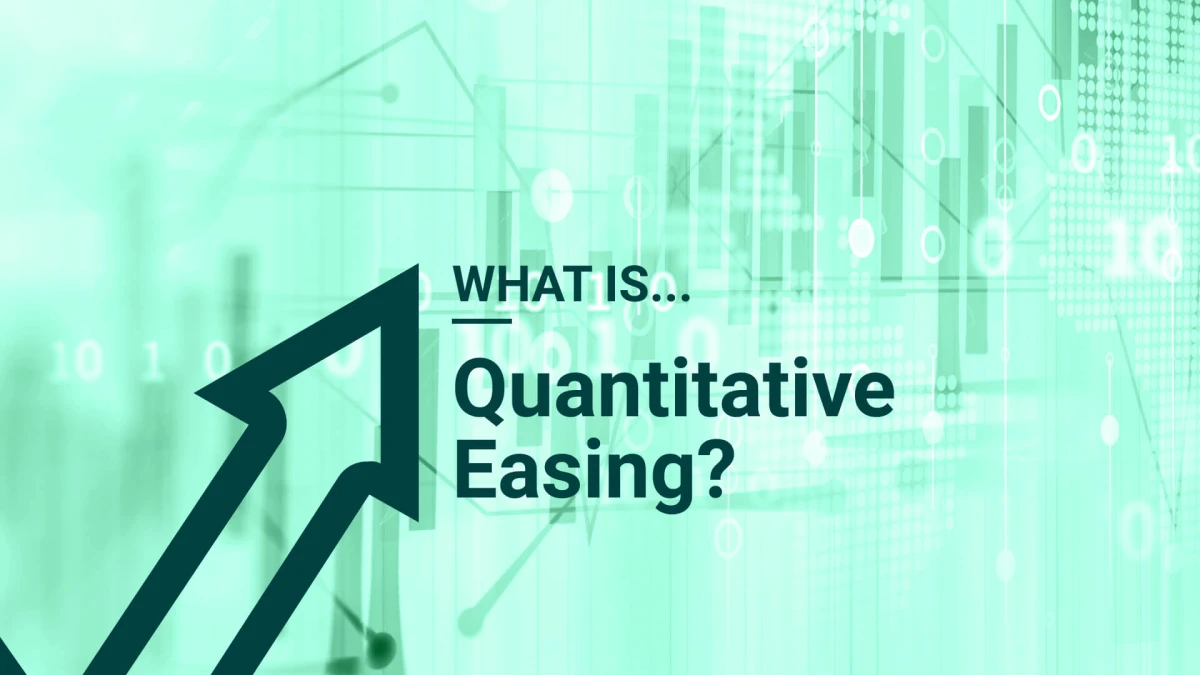Quantitative easing is a monetary policy that enables central banks to purchase predetermined amounts of government bonds and other financial assets to help them inject money into the economy with the objective of expanding economic activity such as lending and investment.
Other objectives of quantitative easing are to lower interest rates by bidding up fixed-income securities and to expand the central bank’s balance sheet. By purchasing assets with newly-created bank reserves, quantitative easing can serve to provide banks with more liquidity.
A recent example of quantitative easing was in March 2020 when the US Federal Reserve announced its plan to make up to $700 billion in asset purchases. This emergency measure was in response to the economic and market turmoil brought on by the COVID-19 pandemic and served to provide liquidity to the US financial system.
#How quantitative easing works
Quantitative easing works by implementing large-scale asset purchases in the open market and using newly-created bank reserves. As a result, new money enters the economy and financial institutions have more cash in their accounts which can be held, used for lending to customers or companies or used to buy other assets.
The release of new money into the economy stimulates economic activity and aims to prevent issues arising in the financial system. Quantitative easing can help avoid a credit crunch and ensure that financial markets operate as normal.
As the prices of bonds increases due to the demand from the Federal Reserve and yields decrease, investors are more likely to invest in higher returning assets such as stocks which can help the stock market achieve stronger gains.
Lower interest rates also make it cheaper to borrow money which can encourage people and companies to take out loans for big-ticket purchases.

One of the main objectives of quantitative easing is to grow confidence in the economy so people continue to spend, invest, borrow money and companies continue to hire employees.
Once the economy is deemed strong enough, the quantitative easing will be reversed by the central bank. The bonds they bought will be sold, causing an increase in interest rates and a decrease in the money supply.
#Advantages of quantitative easing
The advantages of quantitative easing include:
Prevents unemployment
When economic uncertainty arises, it usually has a direct impact on employment levels. Businesses restrict the hiring of new employees and tighten their belts by looking for ways they can make their business leaner.
But with quantitative easing, the stimulation of economic activity keeps employment levels stable and prevents long term unemployment.
Provides immediate results
Quantitative easing can be implemented immediately and delivers immediate results before financial systems are impacted significantly. As soon as a crisis hits, central banks can begin the process of quantitative easing to keep the economy moving.
#Disadvantages of quantitative easing
The disadvantages of quantitative easing include:
Can create asset bubbles
By lowering interest rates, quantitative easing can create speculative activity in the stock market that can lead to asset bubbles. The rapid rise in price due to the increase in demand followed by a sudden crash when assets are sold can bring about huge transfers of wealth.
May cause inflation
One of the biggest risks of quantitative easing is that it could cause inflation. As the policy creates money and uses it to stimulate lending, it is inherently inflationary. While there is little evidence to support this, it has been suggested that the spike in inflation may occur several years after the quantitative easing.
